In my search for interesting pastels to share with you, I came across this one by Jean-Baptiste Perronneau (1715–1783), an artist I had not encountered before. Less successful than his older contemporary, Maurice-Quentin de la Tour, Perronneau led a rather wandering life not only through France but also in Italy, Amsterdam (where he died) and even St Petersburg, Russia.
Take a look at this exquisite portrait by Perronneau:

Perronneau reveals a man comfortable in his upper middle class status of a merchant family. The 32-year old Olivier, wears lace and a corsage of roses, beautifully rendered by Perronneau.

Look at the way Perronneau paints the cloth of the jacket in such an efficient way – you can see the pastel strokes used. From the way it is represented, the jacket seems made of a soft material that has a sheen to it.

How wonderful is his subtle depiction of Olivier’s face, for instance the many colours used in the same value on the shadow side of the face; the fleshiness of the mouth – slightly pursed – and surrounding area; the green-tinged chin and jaw, revealing (along with the dark eyebrows) the youth of the man regardless of the fashionable powdered hair; those slightly droopy blue eyes that seem to look down and to the left (his right) giving us the impression that he is in his own world, his own thoughts.

To read more about this portrait, go to the Metropolitan Museum of Art website.
What are your ideas about this sensitive pastel portrait? I’d love to hear.
Thanks for reading,
~ Gail










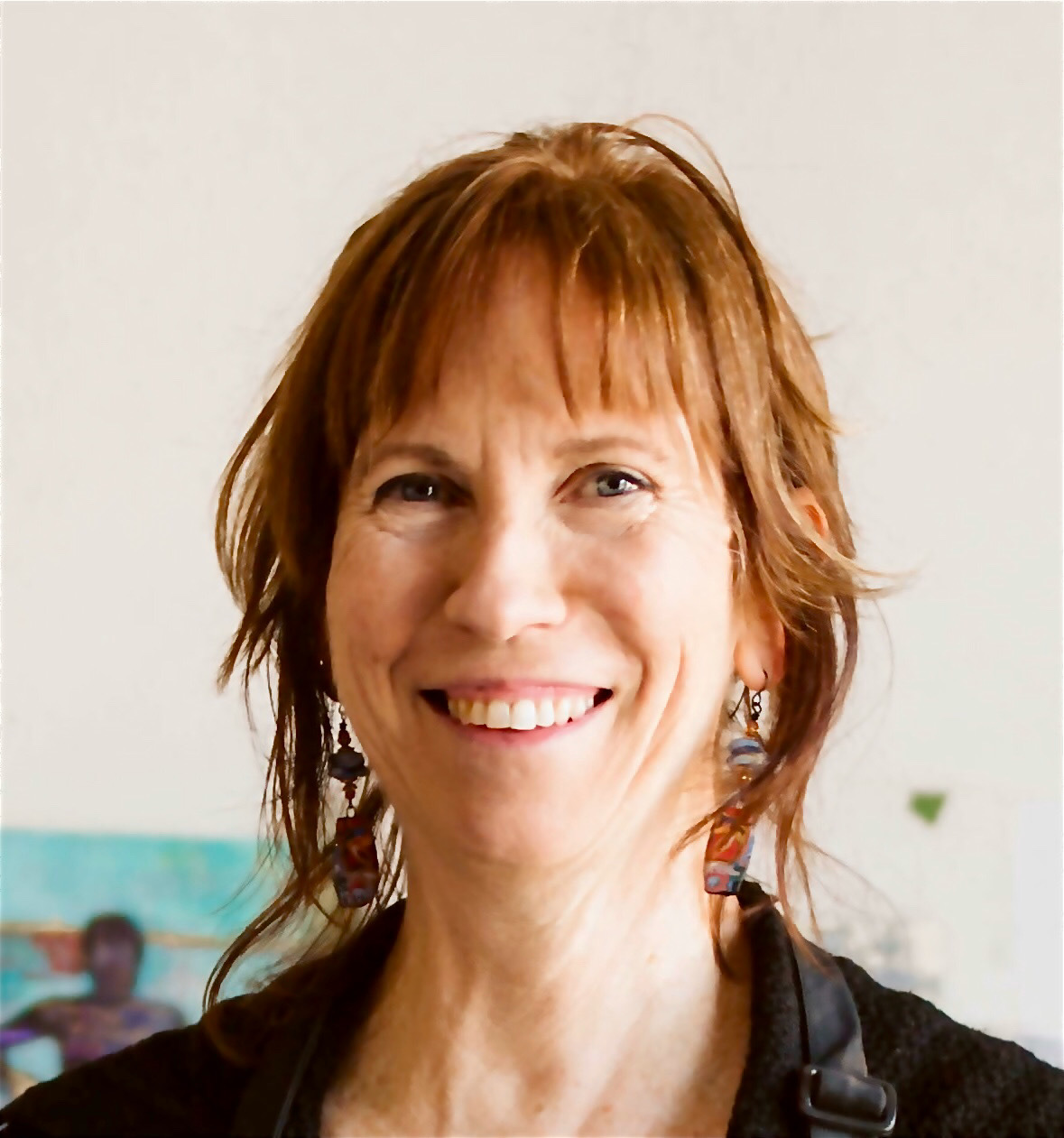






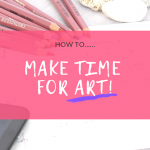
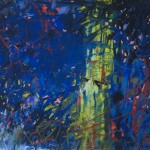


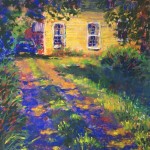



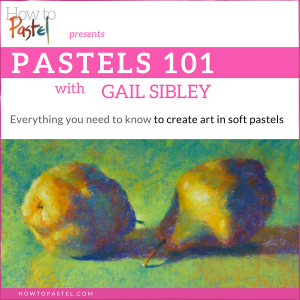


24 thoughts on “Jean Baptiste Perronneau – had you heard of him before?”
My thoughts on the portrait you posted….. of Oliver…..When I first looked at the cropped off version, the one telling of your archive to look at, the lips looked like those of a woman. I was surprised when I looked at the whole portrait, and it was that of a man! The entire painting of Oliver, is executed in such soft layers of pastel, that they are hardly discernible. The colors are also very soft spoken. I would love to see a painting, the artist did , of a woman. There would be ,title to change in his methods, only from male to female.
In reference to Oliver’s clothing, I would believe that the fabric of his jacket, would have to be of velvet.It would give off the sheen and softness, in the painting.
It is a beautiful painting of a young man named Oliver.
Thank you for sharing this blog with us.💕
Sandra thank you for sharing your experience encountering this portrait!! I’m glad you caught the gender confusion of those lips. They reveal something about the culture of the time don’t they?
And yes, velvet or velveteen or some such make-you-want-to-touch-it fabric!
Thanks for this article Gail, I have never heard of Perronaud! This portrait is a real masterpiece. How delicately he painted the lace and the roses, and the man’s eyes really draw your attention! I also like the lightness on the forehead and the colours altogether! I wonder what pastels Perronaud was using back then, what kind of pastels were available?
Now have a nice trip and lots of new inspiration for your art!
Best regards, Gabriela
There’s so much to appreciate in this portrait and I’m happy you commented on his skill with the lace and roses Gabriela.
As to your question about the pastels he (and others such as his rival Maurice Quentin de La Tour) would have used, I cannot give you a specific answer. I can say, however, that since pastels are made by mixing powdered pigments with a binder (usually gum arabic) then shaping the mixture into sticks, chances are, they made their own (or had an assistant make them). As a portraitist who used oil paint initially, Perronneau would have had experience with mixing, i.e. pigments suspended in an oil such as linseed oil.
Thanks for sharing this wonderful piece Gail. It’s great to see a large pastel like this one with the richness of color still in tact.
Glad you enjoyed seeing it Mark. The colour looks rich indeed. I sure would love to see it in the real!!
Subtle…..yet so realistic……simply beautiful. Obviously…..a master.
Indeed Angela. Without question
Absolutely beautiful piece, I’d never heard of this artist before. His work is very impressive.
Delighted to have introduced you to this master Susan!!
I love this portrait, delicate and harmonious.
Yes Joy. Delicate and oh so powerful!!
Hi, Gail! I have been reading your posts about vintage pastel work, and I am curious as to what kind of materials were used. If it was paper, what kind, and did it have a texture? What kind of chalks/pastels were used, and how different are they from modern day materials?
Helen I don’t have a definitive answer to your question. One thing I would say regarding pastels however is that they would have been made as they are today, namely mixing pigment with a binder. They wouldn’t have had the colour range we have today. Also they were probably using pigments with a lot more toxicity than the ones we use today!!
Paper was handmade no doubt and that would have offered a certain texture. Many artists In the latter part of the eighteenth century began using a blue or blue grey paper, skillfully incorporating the colour into the whole.
Isn’t the depiction of the lace exquisite! So interesting to see such detailed images of the original.
It sure is Amanda! It’s quite extraordinary!!
One gets the impression that John Singer Sargent might well have been familiar with the Jean-Baptiste Perronneau portrait
Ohhhh that’s an interesting link Duane! It would be fascinating to follow up that connection, to see if this was the case. It appears the pastel was in the Groult family collection for years. Here’s the link at the Met.
Thanks for your research on Perronneau. He was of his age and his workmanship is superb,but it was a gentler age in which the portrait was more appreciated and artists had time and incentive to create such beauty. My objective is to create an image which is not simply a likeness but looks alive and vibrant using the shortest way to do it rather more akin to Chardin than Perronneau. Thanks again.
Thanks for chiming I’m on this post Rodney. As you say, there was a appreciation of the painted or drawn portrait. It was the only method of recording a likeness at that time. I would definitely say that there’s so much more than a likeness here. We feel the essence of this person as if he could step off the paper and talk to us.
It’s interesting that you talk about trying to achieve both a likeness and vibrancy in the shortest way possible by using a working method more similar to Chardin (Jean Baptiste Siméon) as he was noted for his laborious working methods. I’d love to know more about what you mean!
Hi Gail,
I have come across Jean Baptiste Peronneau in a book called The Art of Pastel by Thea Burns and Philippe Saunier published in English by Abbeville press in 2015. It has a short biography and 5 portraits by him including this one. Portraits are not my thing although I can appreciate excellence in any genre. If they are your bag, this book may well appeal since it has many portraits by a range of expert pastellists including most if not all of the great historical painters. It is expensive but this reflects the fairly large size and excellent reproduction values and Christmas is coming.
Eddie, thanks for the reference to the book on pastels. I will have to add it to my Christmas list!!
Hi Gail, thx much for this article. As i am doing currently my first portrait ever, of course in pastel, I struggle with a lot of things and what stroke me most in this painting is that he didnt blend all colours but made some little stokes not blende at al, which gives it a lively effect. Maybe I will try to do the same in my current work, i like the effect!
So, thanks from the Netherlands for this article
Renate, thank you for your comment! And I LOVE your close observation of how Perronneau worked. Yes indeed, there’s a perception of blending but in fact, there is not. It’s all a visual effect!
I’d love to know if you take this technique to your own work!